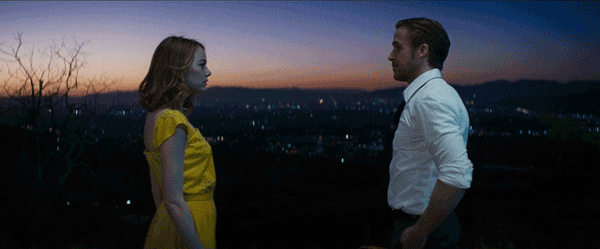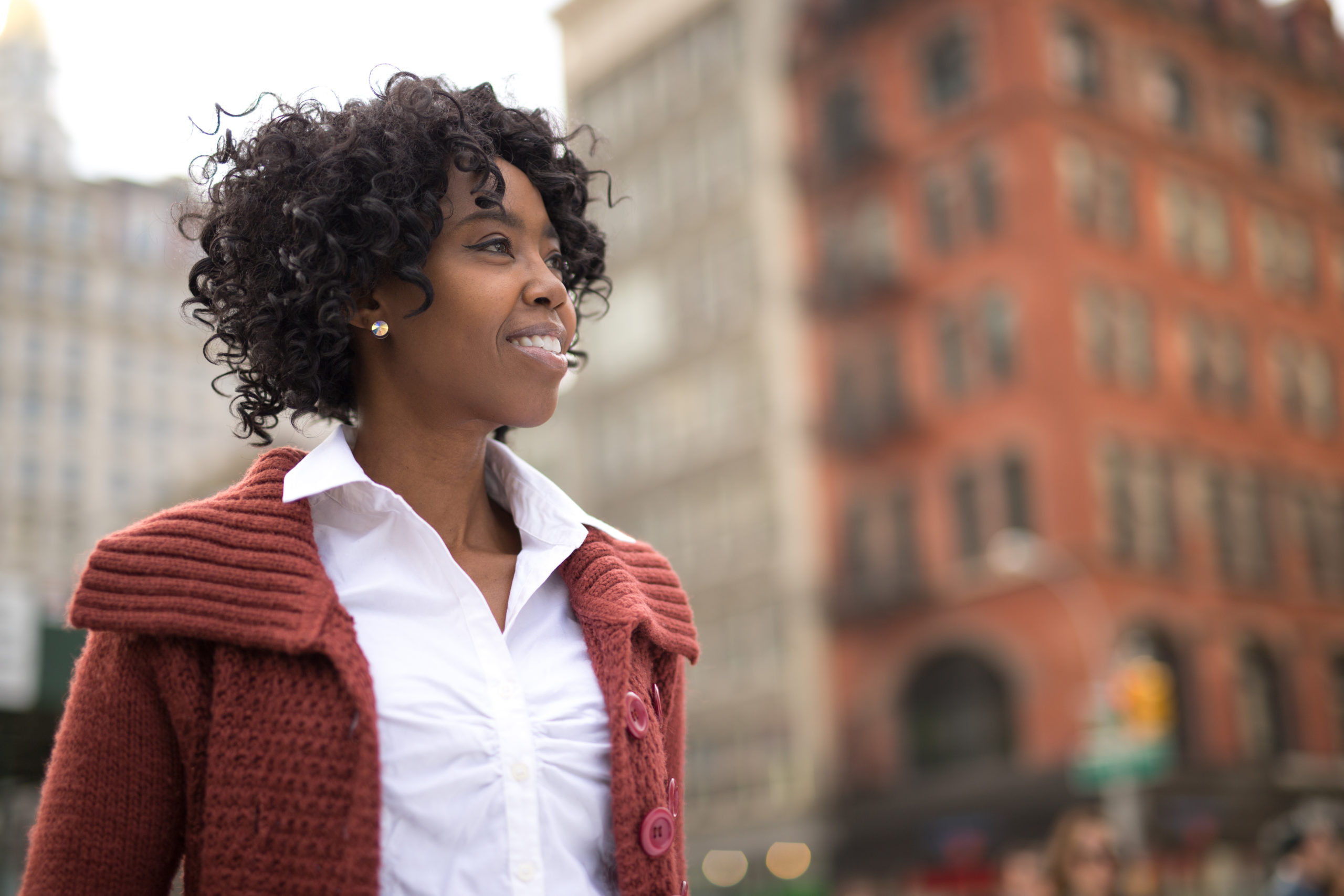Abortion rights, women of color, and LGBTQI+ people are under attack. Pledge to join us in fighting for gender justice.
The Wage Gap Isn’t Just Sexist — It’s Racist Too

Each year we mark women’s equal pay day – which represents how far into the next year women who work full time, year round have to work to finally earn what their male counterparts make in one year alone. When we compare all women and all men, this day usually falls in April, and in 2017, the precise day will be April 4th, meaning the typical woman has to work more than 15 months to make what the typical man made in just 12.
And while April 4th is the day for women overall, the equal pay day for certain groups of women falls much, much later in the year due to an even greater pay disparity. For example, it’s October but we still have not reached equal pay day for Latinas – which will come on November 1. Yes, you read that right: Latina women have to work 22 months to earn what their white, non-Hispanic men made in just one year.
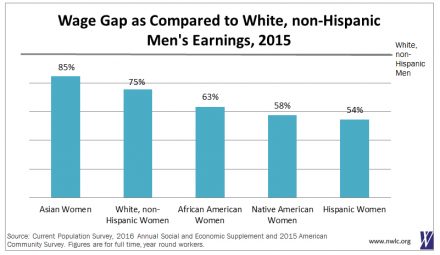
Comparing the earnings of women of different racial and ethnic groups to the earnings of white, non-Hispanic men reveals that many groups of women face a double burden of sexism and racism.
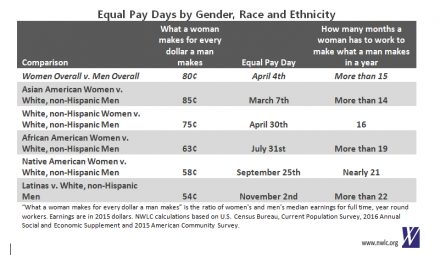
These wage disparities impact women’s economic security – and their families’ – and add up to substantial losses over time. Based on the latest wage gap data, if today’s gaps remained the same over the course of a 40-year career, women would lose hundreds of thousands of dollars due to the gap – and that doesn’t even account for inflation.
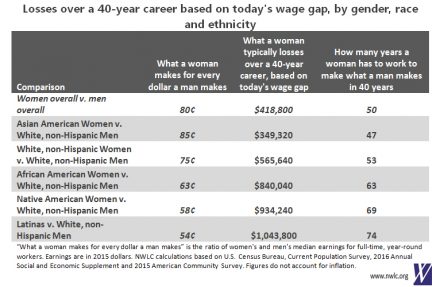
Women overall see a loss of $418,800 over a 40-year career – which means they have to work 10 years longer than men in order to make up the difference. And women of color lose even more over the course of their careers, meaning they would have to work even longer to make as much as white, non-Hispanic men do in 40 years.
The wage gap has been stagnant for nearly a decade. At the current rate the gap is closing, we won’t reach equal pay until 2059. Women and their families deserve more.


